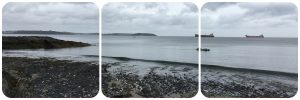
Highlights: Lamprophyre
Location: SW 7910 2721
What’s nearby: Pendennis Lamprophyre
Conservation: Area of Outstanding Natural Beauty (AONB). No hammering or collecting at any time.
Information here is provided for reference only. You should ensure that you have permission from the landowner and take safety precautions when visiting sites. Always check tidal timetables before visiting coastal sites and remain aware of cliff falls.
Gallery
Further Reading & References
* Cosgrove, M.E. & Elliot, M.H. 1976. Supra-batholithic volcanism of the south-west England granites. Proceedings of the Ussher Society, 3, 391-398.
* Dupuis, N.E., et al. 2016. Mantle evolution in the Variscides of SW England: Geochemical and isotopic constraints from mafic rocks, Tectonophysics, 681, 353-363/ [Link – £]
